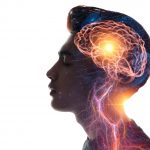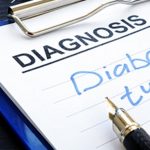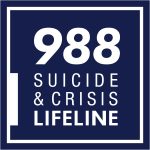
Alix Popham played in two rugby World Cups and won a Six Nations Grand Slam before retiring in 2011 as a professional in the rough-and-tumble game. By 2020, he had already been diagnosed with early onset dementia and probable chronic traumatic encephalopathy (CTE), a disabling brain disease long linked to repeated head trauma. Emboldened to activism by his experience, Popham helped found Head for Change, which advocates for better ways of preventing brain damage among rugby players. “This is more evidence that big changes need to happen to protect current rugby players. World Rugby need to get their heads out of the sand and in turn protect the game,” Popham said in a news release from Durham University. Similar to what’s been observed in other contact sports such as football and boxing, rugby can leave players with neurological damage long after they’ve retired. Now, a new study out of Durham suggests that certain blood biomarkers could predict those players at highest risk for CTE and other neurological issues. That might allow for earlier interventions that could minimize the damage, researchers said. Prior research has already demonstrated that retired professional rugby players have a much higher odds for depression, anxiety and irritability compared to amateur rugby players or athletes involved in non-contact sports. In the new study, Durham researchers add to what’s known about specific components… read on > read on >












-150x150.jpg)





